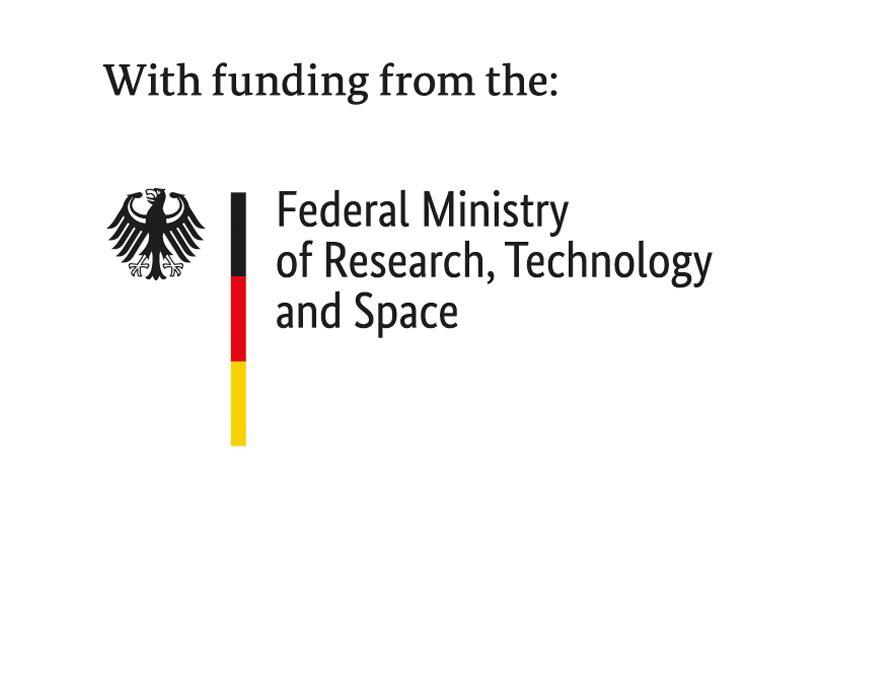At a glance
- Green hydrogen is the key element for a CO2-free economy. Producing it directly at sea in self-sufficient electrolysis systems can be a considerably more efficient approach than production on land.
- In the H2Wind project, the project partners are working on the still-lacking scientific and technological basis required for the development of a self-sufficient electrolysis system adapted to offshore conditions.
- In a subproject, Fraunhofer IWES is responsible for the basis of the water electrolysis technology.
The challenge
Hydrogen will play a key role in achieving climate neutrality, as it can be employed both as an energy store (power-to-X) and as a CO2-free fuel in the industry and transport sector. However, hydrogen is only truly “green” if no CO2 is released during its production, in other words when it is harvested from water using solar and wind energy.
Offshore wind farms are ideal for electricity production, as their high full load hours mean they can produce large quantities of energy. Instead of transporting the electricity from the offshore wind farms to the shore via a direct current connection, it would appear to make more sense to produce the hydrogen directly at sea from the seawater, store it, and transport it back to shore via a pipeline or boat. However, there are no hydrogen-producing farms at sea yet, as the existing electrolysis and storage technologies have not been adapted to the conditions on the high seas and offshore wind energy.
The solution
In the H2Wind joint project, the project partners are working on the scientific and technological basis for the world’s first direct offshore hydrogen production system and developing a self-sufficient electrolysis system with storage technology which is optimally adapted to the offshore environment. When doing so, the focus is on the basis for electrolysis technology for offshore operation, the possibilities for storage, and the optimal coordination of the subsystems to increase the efficiency of the overall system. The scientists are constructing a first hydrogen electrolysis research test system with a capacity of up to 5 MW, which can be tested for compatibility with the requirements of offshore operation.
In a subproject, Fraunhofer IWES is responsible among other things for the development of the basis for the design of a water electrolysis technology which is both efficient and stable in offshore operation. The scientists are pursuing three focuses: the optimization of membranes and materials, the development of a validating test infrastructure for comparing components of electrolyzers for use under offshore conditions, and simulation work for economic feasibility studies and system optimization utilizing digital twins.
The added value
The H2Wind joint project is taking an important step towards a green hydrogen economy. The cost-effective production of large quantities of green hydrogen offshore can help make Germany less dependent on imported energy. At the same time, the project is also strengthening Germany’s technological leadership in this field. In light of the international climate targets, the global demand for electrolysis technology adapted to offshore conditions should be high.
